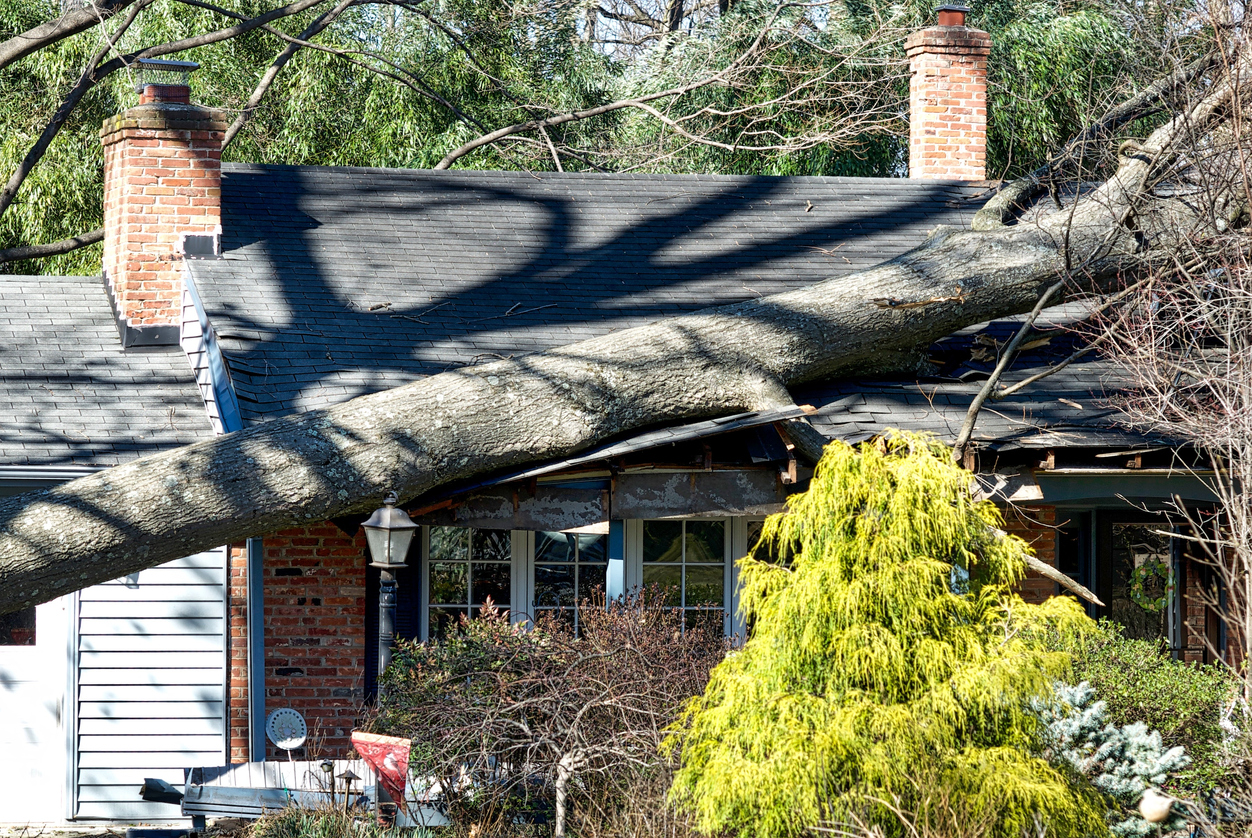The Texas Windstorm Insurance Association's Actuarial and Underwriting Committee's recommendation will now be forwarded to TWIA's board of directors, who will decide whether to approve any rate change in August. According to a state-mandated TWIA analysis conducted ahead of Monday's committee meeting, current policy rates are inadequate by about 15% for residential coverage and 11% for commercial coverage.
State lawmakers from Gulf Coast cities urged the TWIA committee not to recommend any rate increases, claiming that high inflation and difficult economic conditions have already put policyholders under pressure. Rep. Todd Hunter, R-Nueces, said he spoke with the majority of coastal lawmakers, who agreed there should be no rate increases.
"Some coastal communities, in particular, are having a very difficult time keeping costs up," Hunter said. "What happens to people on fixed income if interest rates rise?" Will they be able to stay in their homes? Will they be able to keep their businesses going?
According to TWIA spokesperson Aaron L. Taylor, average premiums under the state-backed program are around $1,750 per year. Despite the fact that current rates are inadequate, according to TWIA, which insures 14 Gulf Coast counties, rate inadequacy has been higher in previous years.
TWIA estimated that its residential rates were 39 percent inadequate when rates were last raised, a 5% increase that went into effect in January. According to TWIA data, commercial rates were found to be 46 percent inadequate. According to the figures, the insurer has reported inadequate rates every year since at least 2008.
During most of those years, the association approved rate increases, but has not raised rates by more than 5% for either residential or commercial customers since 2009.
Coastal Texas cities such as Galveston and Corpus Christi urged TWIA's underwriting committee not to recommend any rate increases. Corpus Christi Mayor Paulette Guajardo said in a letter on Monday that an increase would devastate the city's economy.
According to Tammy Embrey, Corpus Christi's director of intergovernmental relations, the city council will now consider a formal resolution urging TWIA's board of directors not to approve any rate increase. TWIA must file its rate for the following year after making its decision in August, subject to approval by Texas' insurance commissioner.
"We are pleased that the committee recommended to the TWIA board that there be no rate increase," Embrey said. "We recognize the impact rate increases can have on our homeowners and have long advocated against unnecessary rate increases."
On Monday, the TWIA committee voted to recommend broadening eligibility for a mitigation credit that policyholders can use to make home improvements. Policyholders would be able to claim a 10% premium credit for buildings with windows that meet current building codes under the proposed change. To qualify for the credit, all exterior openings in a home, including doors, must currently be up to code.
According to a June report by the analytics firm CoreLogic, Texas has the most homes at risk of hurricane-force wind damage, with 8.8 million homes. The Lone Star State, which is already known for its extreme weather, was devastated by Hurricane Harvey in 2017, and coastal communities are frequently subjected to high winds and dangerous flooding.
More severe storms have been linked to rising global temperatures.
TWIA chose the professional services firm Aon earlier this year to analyze risks associated with the type of maximum loss that could occur once every 100 years during the 2022 hurricane season, which is currently underway and will end in November.
The TWIA, founded in 1971 and billing itself as a "residual" market for property insurance, claims to provide alternative coverage options for those excluded from the private market.













